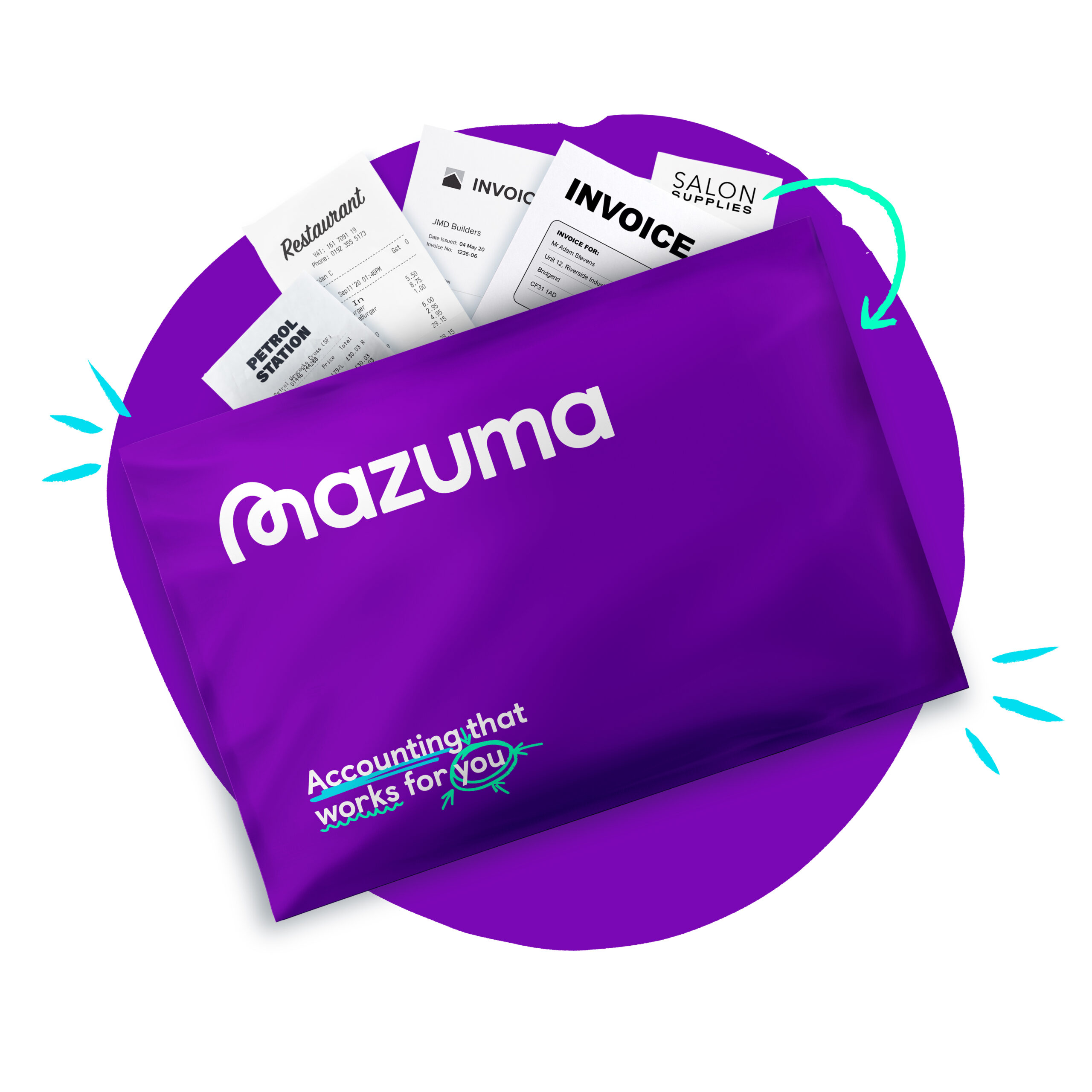Understanding the General Ledger
The general ledger serves as the backbone of financial record-keeping for any organisation, offering a comprehensive record of its financial health and transactions. But what exactly is a general ledger, and what’s its significance?
In this article, we’ll explain the concept of the general ledger, breaking it down into its key components and explaining its role in accounting and business.
What is the General Ledger?
The General Ledger, often abbreviated as GL, is a fundamental element in the financial management of any business or organisation. It is the master record that captures all financial transactions, serving as the central repository for financial data. This data is meticulously organised and summarised, providing the basis for generating crucial financial statements such as the balance sheet and income statement.
Key Components of a General Ledger
A general ledger is composed of several key components that work together to provide a comprehensive picture of a company’s financial health.
Chart of Accounts (COA)
The COA is a structured list of all accounts used by an organisation to record financial transactions. Each account is assigned a unique identifier and categorised according to its nature, such as assets, liabilities, equity, revenue, and expenses. The COA provides a framework for organising and classifying financial data within the general ledger.
Journal Entries
These are the records of each financial transaction that a business makes. Each transaction is recorded as a debit and a credit entry, following the principles of double-entry bookkeeping. Entries in the general ledger are derived from various source documents, such as invoices, receipts, payroll records, and bank statements. These transactions are initially recorded in subsidiary journals like the sales journal, purchases journal, or cash disbursements journal before being posted to the general ledger.
Account Balances
The general ledger provides up-to-date balances for each account, reflecting the cumulative effect of all related transactions. These balances are essential for financial analysis, budgeting, and decision-making processes within an organisation.
The Transaction Process in a General Ledger
The transaction process in a General Ledger (GL) involves several key steps to accurately record, classify, and summarise financial transactions:
- Initiation of Transactions: The transaction process begins with the occurrence of a financial event within the organisation, such as a sale of goods or services, purchase of assets, payment of expenses, or borrowing of funds.
- Recording: Each financial transaction is documented and recorded in accordance with the principles of double-entry accounting.
- Journal Entry: Transactions are initially recorded in subsidiary journals or special journals. These journals serve as temporary records to capture transaction details, including the date, description, accounts affected, and monetary amounts.
- Posting to the General Ledger: Posting involves transferring the journal entry information to the appropriate accounts in the general ledger.
- Account Balances: As transactions are posted to the general ledger, account balances are updated to reflect the cumulative effect of all related transactions.
- Trial Balance: Periodically, typically at the end of an accounting period, a trial balance is compiled from the general ledger. The trial balance lists all account balances, both debit and credit, to ensure that total debits equal total credits, thereby maintaining balance in the general ledger.
- Adjusting Entries: At the end of an accounting period, adjusting entries may be necessary to account for accruals, deferrals, depreciation, and other timing differences. Adjusting entries ensures that financial statements accurately reflect the organisation’s financial position and performance for the period.
- Closing Entries: Closing entries are made to transfer temporary account balances, such as revenues, expenses, and dividends, to permanent accounts like retained earnings. This process resets the temporary accounts for the next accounting period and prepares the general ledger for the subsequent financial reporting cycle.
Why Do Companies Use General Ledger Accounts?
Trial Balance Compilation
Through a general ledger, businesses can compile a trial balance. The trial balance is a preliminary financial report generated from the general ledger that lists all account balances, both debit and credit, at a specific point in time. It serves as a tool for verifying the accuracy of accounting records and ensuring that debits equal credits before preparing financial statements.
Generate Financial Statements
By aggregating and summarising transactional information from the general ledger, accounting professionals can compile accurate financial statements, including the balance sheet, income statement, cash flow statement, and statement of changes in equity. These statements offer stakeholders insights into the organisation’s financial performance, position, and cash flows, enabling informed decision-making, strategic planning, and compliance with regulatory requirements.
Repository of Financial Accounting Records
General ledgers serve as a repository of financial accounting records for all business transactions within an organisation. Each transaction is meticulously recorded and categorised in the general ledger. These records provide accounting professionals with a detailed trail of financial activities, allowing them to track the flow of funds, analyse trends, and reconcile account balances.
The Importance of a General Ledger in Financial Management
Understanding the general ledger is paramount for businesses to maintain accurate financial records and make informed decisions. From its role as a central repository to its key components and transaction process, the general ledger ensures financial integrity and transparency.
















